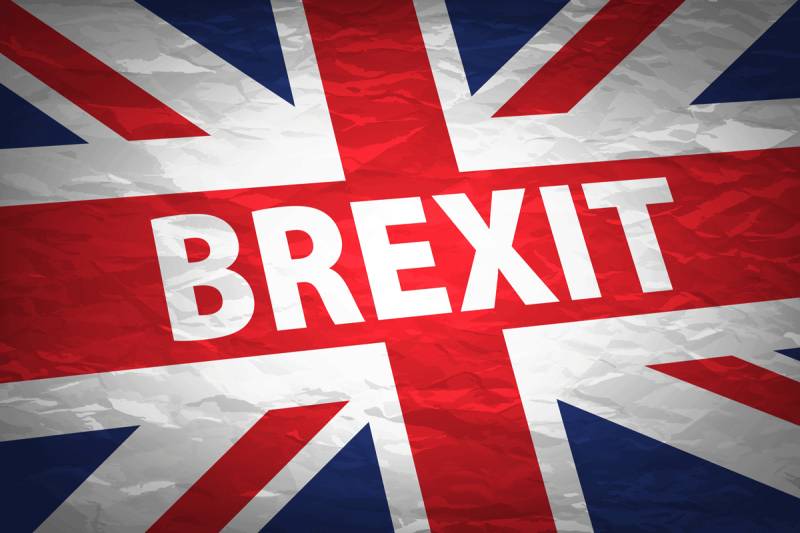I had written about the latest Indian Budget recently and thought that it would be a good idea to also analyze an European Budget, as such an exercise can serve as a good precursor to our own budget, which is to be announced in a couple of months or so. In the UK, post Brexit, despite positive economic news and borrowing figures, there were no major giveaways in this year’s UK Spring Budget, with the Chancellor emphasizing the importance of shoring up financial reserves ahead of Britain’s departure from the EU.
Prior to the Budget, the UK’s Chancellor made it clear that he was determined to ensure there was enough “gas in the tank” for Britain to weather any potential economic storms that could lie ahead1. The Prime Minister Theresa May is expected to trigger Article 50, the formal mechanism for leaving the EU in just a few days’ time. This is the final Budget, which will be held in the Spring. Starting later this year, there will be an Autumn Budget instead, so that tax changes can be announced well before the start of the new tax year on April 6 2017.
Economic growth
Although many feared that the British economy would be severely hampered following the UK’s vote to leave the EU, latest figures show that growth has so far proved resilient. The UK economy grew by 0.7% in the fourth quarter of the year, according to Office for National Statistics (ONS) figures released in February, helped by higher household spending2.
The Office for Budget Responsibility (OBR), the UK Government’s tax and spending watchdog, has upgraded its 2017 growth forecast to 2%, up from its 1.4% projection given in the Autumn Statement.
However, the OBR’s growth projection for 2018 has been downgraded from 1.7% in October to 1.6%. The OBR forecasts growth of 1.7% in 2019, 1.9% in 2020, and 2% in 2021.
Public borrowing
Public sector net borrowing excluding state-owned banks was in surplus by £9.4bn in January, an increase of £300million year-on-year3.
Government borrowing in the current financial year is now forecast to be £51.7 billion, £16.5 billion below the forecast of £68.2bn made in the Autumn Statement.
The OBR forecasts borrowing of £40.8 billion in 2018-19, £21.4 billion in 2019-20, £20.6 billion in 2020-21, and then £16.8 billion in 2021-22.
Debt as a proportion of GDP is expected to be 86.6% this year, peaking at 88.8% in 2017/18 and then gradually falling to 79.8% by 2021-22
Infrastructure
The Chancellor announced in November that the Government plans to spend between 1% and 1.2% of GDP on infrastructure by 2020.
He said in the Spring Budget that infrastructure funding totaling £216m will be used to rebuild and refurbish existing schools. He also promised funding to cover the cost of 110 new free schools, on top of its current commitment of 500.
He is also aiming to boost Britain’s productivity levels by investing £500m a year from 2019 in skills training for 16 to 19-year-olds.
The Chancellor said that £690m would be spent tackling urban congestion on Britain’s roads.
Technology
After dedicating £1 billion to ensure homes and businesses can access faster broadband speeds in the Autumn Statement, the Chancellor released more details about the UK’s 5G strategy, promising £16m for a new 5G mobile technology hub.
He also pledged £270m to keep the UK at the forefront of disruptive technologies like biotech, robotic systems and driverless cars.
Other measures
The 2017 Spring Budget confirmed several other measures, which previously had been announced, including:
n Personal allowance and higher rate tax changes: The tax-free personal allowance will rise to £11,500 from April 2017. The threshold at which individuals start paying higher rate tax will increase from £43,000 to £45,000 at the same time. The personal allowance will increase to £12,500 by the end of the current parliament in 2020, while the higher rate threshold will increase to £50,000 by this date.
n Corporation tax: The current rate of corporation tax will be reduced from 20% to 19% on April 1. It will fall to 17% by April 2020. This was originally announced by George Osborne, Hammond’s predecessor, in last year’s Spring Budget.
n Higher National Living Wage: The National Living Wage will increase from £7.20 to £7.50 an hour from April.
Finally, the tax rules are set to change significantly in the near future and their effects will depend on an individual’s circumstances, which can also change over time.






